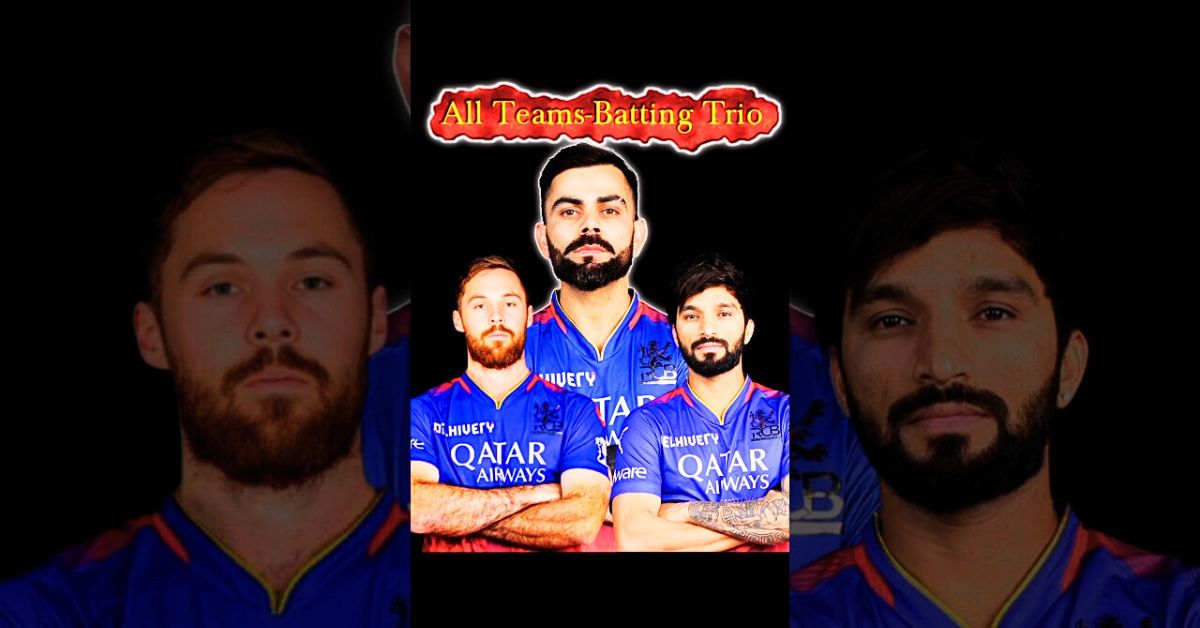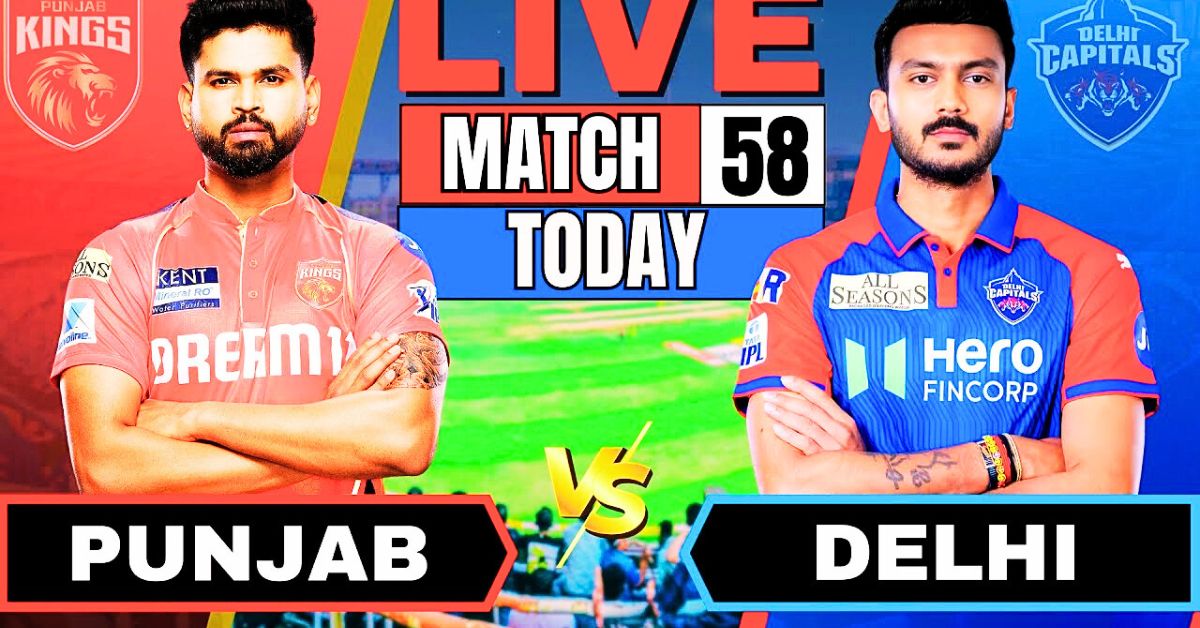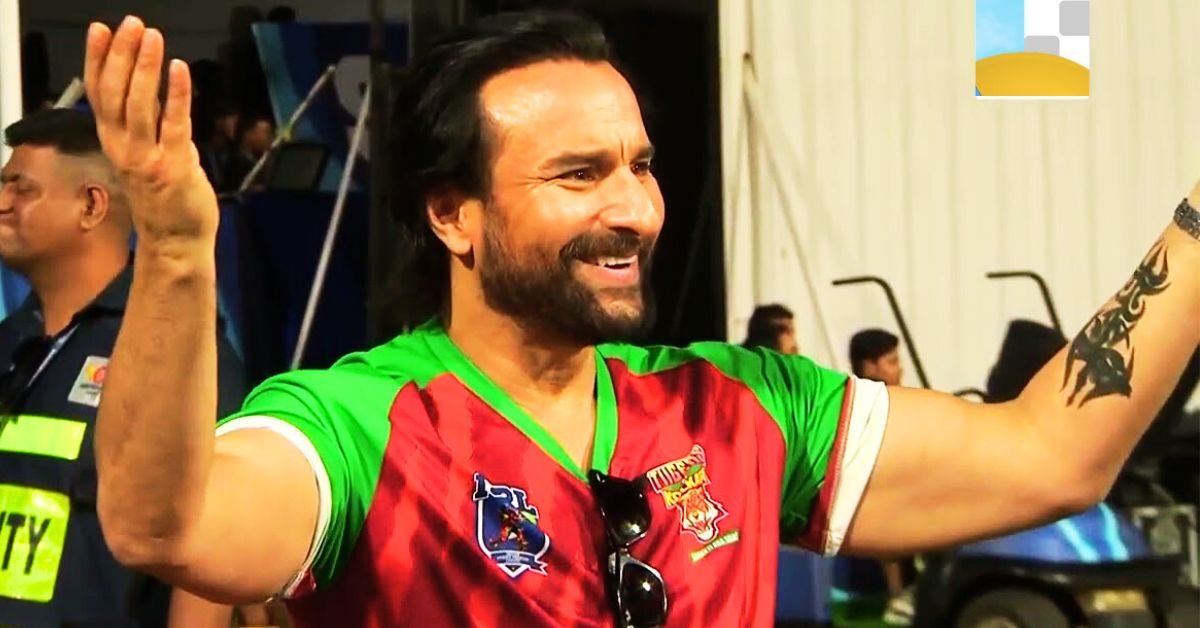What is IPL?
The Indian Premier League (IPL) is one of the most celebrated and thrilling cricket tournaments in the world. Launched in 2008, IPL has evolved into a spectacular event that not only attracts top cricket players globally but also garners a massive fan base. The tournament’s fast-paced nature and the blend of entertainment with cricket have made it a cultural phenomenon. Every year, millions tune in to watch some of the best cricketers battling it out for the coveted IPL trophy.

The IPL Journey: From 2008 to Now
IPL began as an innovative idea to make cricket more exciting and bring it to a global audience. It was designed as a domestic Twenty20 league where franchises based in Indian cities would compete against each other. The tournament’s idea was to combine sports with entertainment, featuring Bollywood celebrities, music, and other entertainment elements. The first season immediately captured the public’s imagination, and since then, IPL has been growing in terms of viewership, popularity, and revenue.
With iconic players like Sachin Tendulkar, MS Dhoni, and Virat Kohli gracing the IPL, the league has built a reputation as one of the most lucrative cricket tournaments globally.
IPL Format and Teams
The format of the IPL has undergone several changes over the years. However, it typically involves a round-robin phase followed by the playoffs. During the round-robin phase, teams compete against each other in a league format, where each team plays home and away games. The top four teams from the league stage move on to the playoffs, culminating in the final match, which determines the IPL champion.
The league has also seen several new teams joining in recent years, bringing new rivalries and excitement. Some of the most popular franchises include Mumbai Indians, Chennai Super Kings, Royal Challengers Bangalore, and Delhi Capitals.
The Teams That Make IPL Special
-
Mumbai Indians: One of the most successful teams in IPL history, known for its star-studded lineup and consistent performances.
-
Chennai Super Kings: Famous for their strong leadership under MS Dhoni, they have become a household name in IPL.
-
Royal Challengers Bangalore: Known for their explosive batting and fan following, despite a title drought.
-
Delhi Capitals: A team on the rise, showing potential to be a future IPL powerhouse.
Each team brings its own unique flavor, strategy, and fan base, contributing to the tournament’s vibrancy and appeal.
IPL’s Impact on Indian Cricket
The IPL has drastically changed the landscape of Indian cricket. It has provided a platform for young players to showcase their talent alongside international stars. Players like Jasprit Bumrah, Hardik Pandya, and Shubman Gill have made their mark in IPL and transitioned to the Indian national team.
Moreover, IPL has also increased the financial and commercial aspects of cricket, making it a more lucrative career option for players. The financial benefits have led to improved infrastructure, better facilities, and enhanced cricketing standards across the country.

IPL as a Global Phenomenon
What sets IPL apart from other cricket leagues is its reach and global popularity. The tournament has expanded beyond India, attracting global sponsors, broadcasters, and players. Every year, millions of viewers from around the world tune in to watch the action, and the league garners extensive media coverage. This international appeal has made IPL an important part of the global cricketing calendar.
The Role of Entertainment in IPL
Unlike other cricket leagues, IPL incorporates entertainment, adding a new dimension to the sport. From live music performances to celebrity appearances, IPL is more than just cricket – it’s an entire spectacle. The combination of high-energy cricket and Bollywood-style entertainment ensures that viewers remain engaged throughout the tournament.
IPL and Technology
Technology has played a crucial role in enhancing the IPL experience. Innovations like the Decision Review System (DRS), Hawk-Eye, and UltraEdge have ensured greater accuracy in decision-making, reducing controversies. Additionally, the introduction of advanced broadcasting techniques, such as spider cams and live statistics, has added to the viewer experience, making IPL more engaging for both in-stadium and television audiences.
Sponsorships and Branding
The commercial success of IPL is largely attributed to its sponsorship and branding opportunities. Major brands like Pepsi, Vivo, and Dream11 have used IPL as a platform to reach a wide audience. The sponsorship revenue has made IPL one of the richest cricket leagues in the world.
Moreover, IPL’s ability to attract celebrity team owners and investors has added a glamour element, further increasing its appeal to the public.
The Future of IPL
The future of IPL looks bright as the tournament continues to grow year after year. With more teams, international players, and a broader fan base, the competition is expected to get even more intense. The league has the potential to further expand to other countries, enhancing its global status even further.
Moreover, the focus on developing young talent and incorporating innovative technology will ensure that IPL continues to push boundaries in terms of entertainment, quality of cricket, and fan engagement.
How IPL Shapes Future Cricketers
As IPL becomes a bigger platform, aspiring cricketers are using it as a stepping stone to reach international glory. The pressure, exposure, and experience gained by playing in IPL have proven invaluable for many players, giving them the confidence to perform on bigger stages like the ICC tournaments and the World Cup.
Conclusion: IPL as a Cultural Icon
In conclusion, IPL has transformed from a simple cricket league into a cultural and commercial juggernaut that is loved by millions worldwide. The blend of high-quality cricket, celebrity involvement, entertainment, and technological innovations has ensured that IPL remains one of the most anticipated events in the sporting calendar every year. As the tournament evolves, it will continue to be a beacon of Indian cricket, shaping the future of the sport and inspiring the next generation of cricketers.










